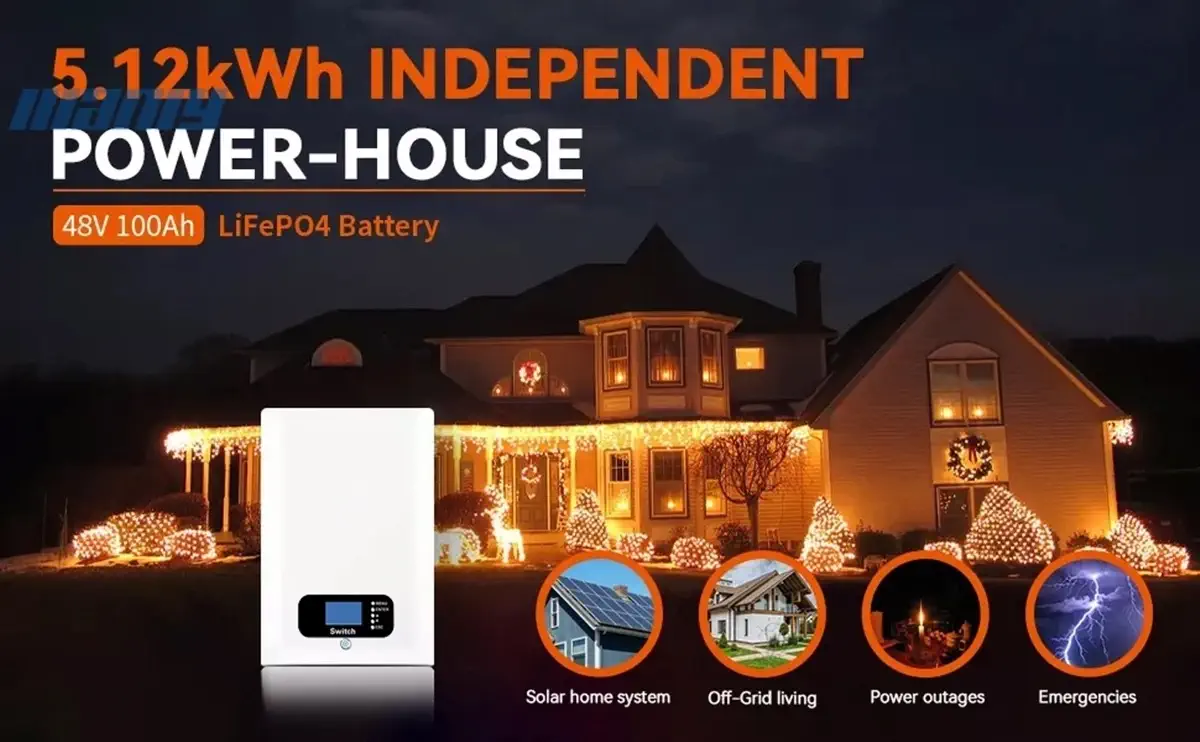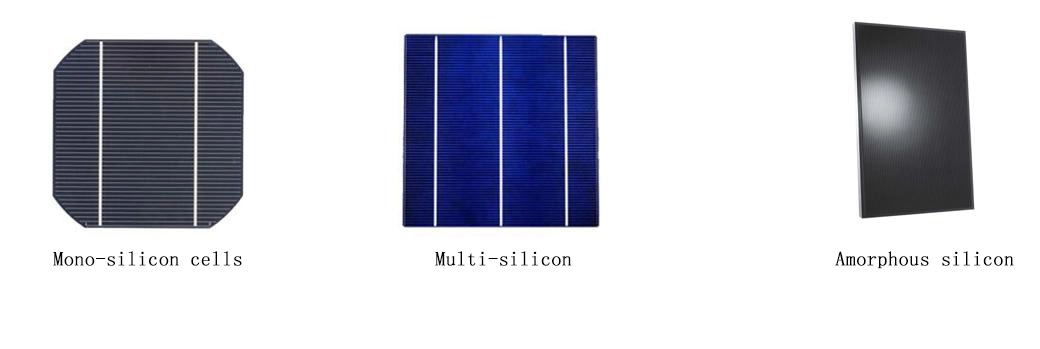Mastering Solar Power: A Complete Guide
Table of Contents
- Mastering Solar Power: A Complete Guide
- 1. Silicon Solar Cells: Types, Efficiency, and Costs
- 2. Components of a Solar Power System: Solar Cells, Controller, and Battery
- 3. Solar Power 101: How Does It Really Work?
- 3.1 What is the photoelectric effect? How does solar energy create electricity?
- 3.2 Solar cell panel life
- 3.3 Can solar panels work without a battery?
- 3.4 Can a solar cell charge a battery and power a device at the same time?
- 3.5 Is solar power different in the north and south?
- 3.6 Outdoor solar gear
- 3.7 Can solar panels use indoor light to make power?
- 3.8 How do you tell the difference between mono-silicon, multi-silicon, and amorphous silicon cells?
- 4. How to Calculate Solar Panel and Battery Configurations
Solar cells turn light into power. They are used in solar power stations. They’re used where it’s hard to get power. For example, they are used in solar street lights, yard lights, and solar signal lights. They are also used in outdoor weather checks, ground checks, and water checks. They are used in small base stations too.
1. Silicon Solar Cells: Types, Efficiency, and Costs
Now, solar cells mostly use silicon. Silicon solar cells are leading in use.
1.1 Silicon Solar Cells
Silicon solar cells are made from silicon materials. They form large PN junctions in series or parallel. Metal lines are made on the N-type layer as contacts. A metal film is made on the back as a contact too. This forms a solar cell panel. To reduce light loss, a reflection-reducing film is added on top. Main types are mono-silicon, multi-silicon, and amorphous silicon solar cells.
1.2 Mono-Silicon Solar Cells
Mono-silicon solar cells have the highest efficiency. They can reach up to 25% in tests and about 18% in real use. They can last 15 to 25 years but are costly. They are still leading in large-scale use and production.
1.3 Multi-Silicon Solar Cells
Multi-silicon solar cells have slightly lower efficiency. They can reach up to 20% in tests and about 15% in real use. They last less time than mono-silicon but are cheaper. Many solar firms are now making a lot of multi-silicon.
1.4 Amorphous Silicon Solar Cells
Amorphous silicon solar cells are cheap. They work well in low light. But they have less than 10% efficiency. They don’t last long and are not stable. They can lose efficiency over time, affecting their use.
2. Components of a Solar Power System: Solar Cells, Controller, and Battery
Solar cells are not used alone. They need a controller and a battery to make a solar power system.
The solar cell panel is the key part of the solar power system. It turns sunlight into electricity. It often uses mono-silicon or multi-silicon panels. Mono-silicon cells are most common. They last long (about 20 years) and change light to power well.
The controller keeps the battery safe. It stops overcharging and over-discharging. It controls power output. It gives trickle charge protection, temperature balance, and lightning protection. If the battery keeps getting high voltage, it can get damaged. But if you stop charging, the battery can’t get full. So, the controller drops the voltage once it hits peak. Then, it enters trickle charge mode. This makes sure the battery stays full and safe. It helps the battery last longer.
The battery stores power from the solar cell panel. It often uses lithium or lead-acid batteries. Solar cells make direct current (DC). If you want to power home appliances, you need an inverter to turn DC to alternating current (AC). At MANLY Battery, you can find dependable home and industrial energy storage batteries ranging from 5kWh to 30kWh. MANLY solar battery comes with a 10-year warranty and a smart BMS to ensure your solar power system works efficiently and safely.

3. Solar Power 101: How Does It Really Work?
3.1 What is the photoelectric effect? How does solar energy create electricity?
When light hits a semiconductor PN junction, it makes an electric force. This is the photoelectric effect. The PN junction has a strong built-in electric field. Electrons and holes move away from each other. This makes the P area go up and the N area go down in voltage. This is the light-induced voltage in the PN junction.
3.2 Solar cell panel life
Solar cell panel life depends on the material. Silicon panels usually last 15-25 years. But, the environment can make the material age. After 20 years, power drops by 30%. After 25 years, power drops by 70%.
3.3 Can solar panels work without a battery?
Solar panels turn light into power. They can’t store power. Bright light makes high voltage. Dim light makes low voltage. The output voltage isn’t stable. You can’t power devices normally. A voltage converter changes the unstable voltage from the solar panel into a charging voltage for the battery. The battery gives a stable power supply.
3.4 Can a solar cell charge a battery and power a device at the same time?
In this case, the load uses power from the solar cell first. The rest goes to the battery. If the solar cell doesn’t have enough power, it takes from the battery too.
3.5 Is solar power different in the north and south?
Solar power efficiency depends on sunlight. In high latitude areas, the sun is low and weak. In low latitude areas, the sun is high and strong. So, solar power works better in low latitude areas.
At high altitudes, the air is thin. The sunlight is strong. So, solar power works better at high altitudes.
Sunlight hours also affect solar power. More sunlight hours means more total sunlight.
3.6 Outdoor solar gear
Outdoor solar gear often uses mono-silicon panels. These are foldable and easy to carry. But they are expensive. A 20W solar panel costs about as much as 2-3 high-capacity power banks.
3.7 Can solar panels use indoor light to make power?
Amorphous silicon solar cells can use indoor light to make power. But it’s much less than in standard conditions. These are often used in small devices indoors or in low light, like calculators, watches, scales, speedometers, and car alarms.
3.8 How do you tell the difference between mono-silicon, multi-silicon, and amorphous silicon cells?
Mono-silicon cells have round corners and a plain surface. Multi-silicon cells have square corners and a pattern like frost. Amorphous silicon cells, or thin film modules, don’t have grid lines. They are clear and smooth like a mirror.

4. How to Calculate Solar Panel and Battery Configurations
Solar cell panel and battery calculation formula
For example, use a 12V battery; 1 streetlight of 30W.
Current I = Power P / Voltage V = 30W / 12V = 2.5A
Calculate battery capacity
If the light is on for 7 hours each day (full load), and we need it to light for 5 more days in rainy weather (count 6 days with the night before the rainy days).
Battery Capacity Q = Current I * Time T = 2.5A * (5+1) * 7 hours = 105AH
In real use, we also need to think about preventing overcharge or over discharge of the battery. So, we only use about 70%~85% of the battery. Also, the controller and wires cause about 15%~25% of the energy loss.
Solar cell panel power
Solar cell panel power X = (Power use W * daily use time T) / (average annual sunlight time t * battery conversion rate a) = (307) / (570%) = 60W
Where the average annual sunlight time is 5 hours, and 70% is the real use rate of the solar cell panel during the charge process.


